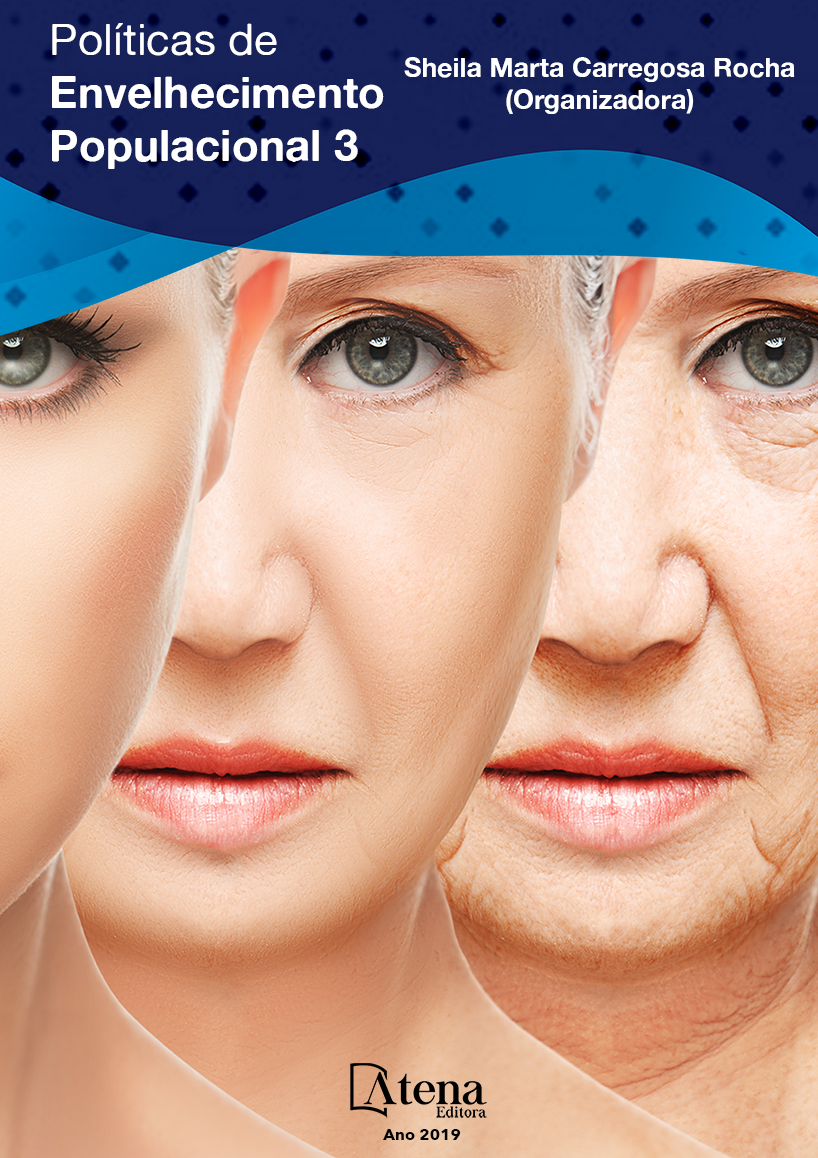
A CAPACITAÇÃO EM TERAPIA LARVAL COMO TÉCNICA PARA O TRATAMENTO DE LESÕES CUTÂNEAS: RELATO DE EXPERIÊNCIA
RESUMO: A longa permanência em leito, derivados dos grandes períodos de tratamentos em internamentos, são um dos principais fatores de risco para o surgimento de uma lesão. Os idosos são o grupo de pacientes com maior incidência. A escolha do tratamento adequado para cada paciente é fundamental para o não agravamento das lesões, que ocorra menor dano a saúde. Entre os diversos tratamentos para lesão existente, a Terapia Larval (TL), também conhecida como larvoterapia, biodebridamento, bioterapia e biocirurgia é a utilização de larvas no tratamento das lesões cutâneas. Sendo o objetivo de este estudo relatar as experiências vivenciadas a partir da capacitação em TL. Trata-se de um estudo descritivo do tipo relato de experiência, realizado a partir da capacitação em TL para profissionais da saúde, promovida pela comissão de curativos do Hospital Universitário Onofre Lopes no segundo semestre de 2018, com uma média de 30 participantes. A princípio tive certo receio de como seria a técnica da TL, por ver diversas feridas infectados por miíase (larvas) principalmente em pé diabético. Na capacitação pude perceber que o comportamento da larva no leito da ferida é fantástico, ela só se alimenta do tecido necrosado. O desbridamento biológico ajuda na revitalização e regeneração do tecido, ocasionando a cicatrização da ferida. A empatia gerada após os resultados nos encoraja como profissional a propagação deste método, como forma de evitar danos desnecessários por meio dos procedimentos cirúrgicos. A TL traz esperança para o cuidado com feridas ao respeitar a vida e a integridade do paciente.
A CAPACITAÇÃO EM TERAPIA LARVAL COMO TÉCNICA PARA O TRATAMENTO DE LESÕES CUTÂNEAS: RELATO DE EXPERIÊNCIA
-
DOI: 10.22533/at.ed.7891913111
-
Palavras-chave: Saúde do Paciente, Lesão, Tratamento, Terapia Larval.
-
Keywords: Patient Health, Injury, Treatment, Larval Therapy.
-
Abstract:
ABSTRACT: Long bed stay, derived from long periods of inpatient treatment, is one of the main risk factors for the onset of an injury. The elderly are the group of patients with the highest incidence. The choice of the appropriate treatment for each patient is fundamental for the non-aggravation of injuries, which causes less damage to health. Among the various treatments for existing lesions, Larval Therapy (TL), also known as larvotherapy, biodebridement, biotherapy and biosurgery is the use of larvae in the treatment of skin lesions. Being the objective of this study to report the experiences lived from the training in TL. This is a descriptive study of the experience report type, conducted from the training in TL for health professionals, promoted by the dressing committee of the Onofre Lopes University Hospital in the second half of 2018, with an average of 30 participants. At first I was somewhat afraid of what the TL technique would look like, seeing several myiasis-infected wounds (larvae) mostly in diabetic foot. In the training I realized that the behavior of the larva in the wound bed is fantastic, it only feeds on the necrotic tissue. Biological debridement helps in revitalization and tissue regeneration, leading to wound healing. The empathy generated after the results encourages us as a professional to spread this method as a way to avoid unnecessary damage through surgical procedures. LT brings hope for wound care by respecting the patient's life and integrity.
-
Número de páginas: 1
- Paula Beatriz de Souza Mendonça
- Damares da Silva Barreto
- Donátila Cristina Lima Lopes
- Frankcelia Lopes de França
- Luiza Helena dos Santos Wesp
- Wiziane Silvaneide Clementino da Silva


